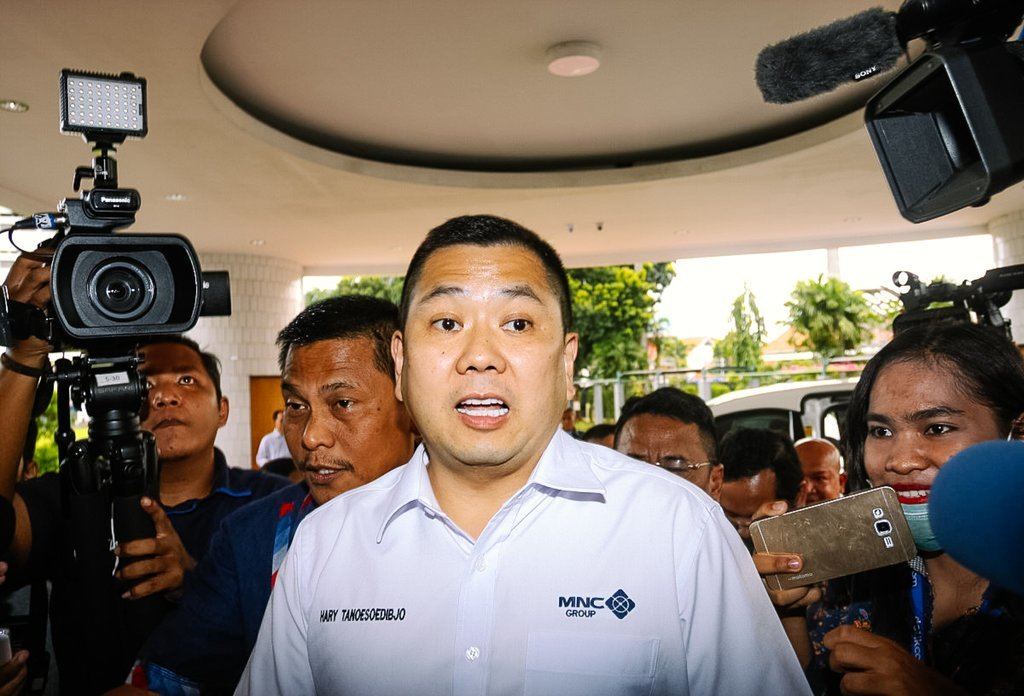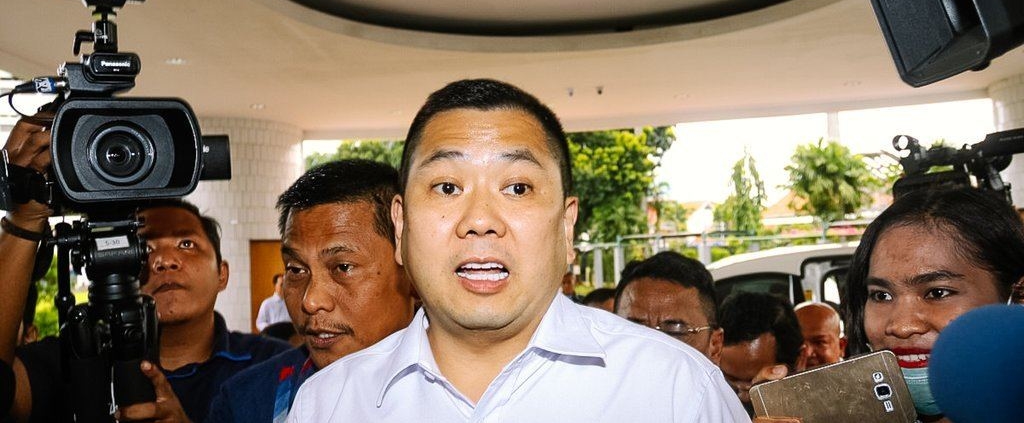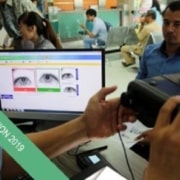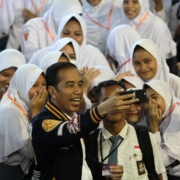
Two stations in Hary Tanoesoedibjo’s MNC Group are challenging the 2002 Broadcasting Law at the Constitutional Court. Photo by Reno Esnir for Antara.
Late last week, Indonesian social media users were shocked by the news that two TV stations in Hary Tanoesoedibjo’s MNC Group, RCTI and iNews, were challenging the Broadcasting Law in the Constitutional Court. The two stations argue that live streaming on social media should be regulated under Law No. 23 of 2002 on Broadcasting, to put them on an equal footing with television broadcasters.
There is no doubt that the rise of social media has helped democratise Indonesia’s media landscape. It has provided new forums for the exchange of information and the delivery of social and political criticism, including from marginalised voices.
Now anyone can share their views freely online, and platforms like Google, Facebook, Instagram, and YouTube allow them to collect revenue based on the number of viewers they attract. The most popular content creators can also secure lucrative endorsement deals, which boost their earnings further still. These new social media influencers and micro-celebrities have no need for television to establish their popularity.
The television industry has struggled to adapt to this new world. Some broadcasters have decided to take viral online video content and package it in television programs, like On the Spot (Trans 7), Hot Spot (Global TV), and Spot Lite (Trans 7). As media academic Ignatius Haryanto has pointed out, these programs typically only credit “YouTube” and ignore their moral and economic obligations to appropriately acknowledge and compensate the original content producers for their work.
On the whole, mainstream television stations have continued to offer boring and uncreative content, causing Indonesian audiences to switch off – especially the younger generations.
A 2017 study of the media habits of Generation Z in Java and Bali conducted by Tirto found that just 3.91% of those surveyed still watched video content on television. Another survey, conducted by Jalantikus.com in 2019, found that 58% of millennials and Gen Z no longer watch television at all.
The mainstream television industry is being abandoned by not just viewers, but advertisers as well, who have increasingly turned to online platforms and endorsement deals. These developments have threatened the television industry and the oligarchs who have invested in it over many years.
Media oligarchs face a brutal choice: adapt to the changing environment and keep competing for ever-shrinking ratings, or crush the competition. Media bosses have decided that their most realistic chance of success will come from fighting the online video producers and new micro-celebrities in court.
RCTI and iNews have challenged the definition of “broadcasting” under Article 1(2) of the Broadcasting Law. They argue that television broadcasters are subject to “unequal treatment” in comparison to broadcasters over the internet and social media. At the same time, they argue that the challenge is necessary to protect the morals of the nation, because live content on social media is not subject to monitoring by the Indonesian Broadcasting Commission (KPI).
The Constitutional Court only has the power to strike down legislation, it cannot create new laws. But it has often made rulings suggesting that legal provisions are unconstitutional unless interpreted in a certain way. There is a possibility it could rule that the definition of broadcasting under Article 1(2) was unconstitutional unless it was understood to encompass online video, including live streaming content.
Of course, the ability to challenge legal provisions in the Constitutional Court is a vital part of Indonesian democracy. But if the challenge is successful, the consequences will be far reaching – it would completely change the public sphere in Indonesia. Public intellectuals, religious leaders, even small-scale entrepreneurs, would be forced to get a broadcasting licence from the ministry before they can share their knowledge online. For many, this will simply be impossible.
A win for RCTI and iNews could kill the production and distribution of knowledge by academics and public intellectuals through events like online discussions, conferences, seminars and lectures, which blossomed online after the start of the Covid-19 pandemic. These events allow intellectuals to contribute to the public intellectual life of the nation and let audiences access information at minimal cost.
Likewise, many religious organisations and religious leaders have delivered online sermons and Qur’anic study sessions on platforms like YouTube live and Facebook live. They have attracted large audiences online and help to provide a diverse range of perspectives, including progressive interpretations of Islamic texts that would not be easily accessible otherwise.
Small-scale entrepreneurs, many of them women, also use live streaming on platforms like YouTube, Instagram and Facebook to show off their products and build trust with their customers. These often-informal workers are a vital part of the national economy.
All these forms of knowledge production and creative informal trading activities will be destroyed if the Constitutional Court challenge is successful.
This challenge should be seen for what it is. It is not about creating an equal position between traditional and online broadcasters or protecting the morals of the nation. It is a panicked move by oligarchic media that have not been able to compete and adapt to the new media environment. It is a desperate effort to claw back the advertising dollars they have lost to new content producers.
As the Indonesian saying goes, “buruk muka cermin dibelah” (a bad workman blames his tools). Traditional broadcast media have been unable to compete in the new market, so they instead seek to block their more creative and innovative competitors. If the Constitutional Court accepts their arguments, it will only end up perpetuating media oligarchy – and Indonesian democracy will suffer.











